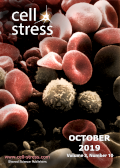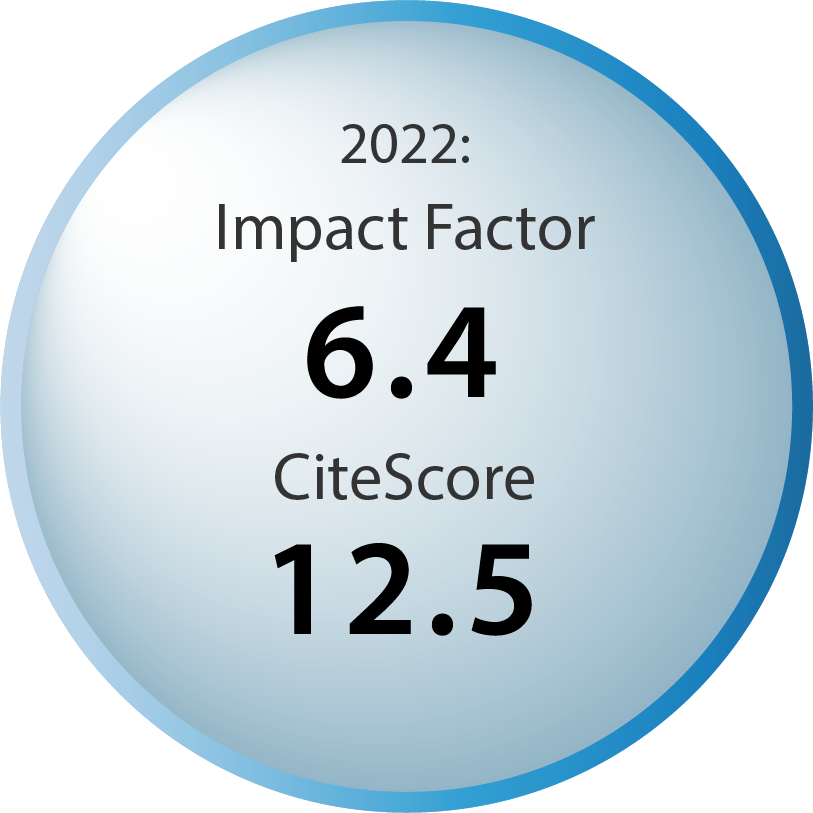Table of contents
Volume 3, Issue 10, pp. 310 - 327, October 2019
Anti-regulatory T cells are natural regulatory effector T cells
Niels Ødum
News and thoughts | page 310-311 | 10.15698/cst2019.10.199 | Full text | PDF |
Acyl-CoA-binding protein (ACBP): the elusive ‘hunger factor’ linking autophagy to food intake
José Manuel Bravo-San Pedro, Valentina Sica, Frank Madeo and Guido Kroemer
Reviews | page 312-318 | 10.15698/cst2019.10.200 | Full text | PDF | Abstract
Inflammation induced PD-L1-specific T cells
Shamaila Munir, Mia Thorup Lundsager, Mia Aabroe Jørgensen, Morten Hansen, Trine Hilkjær Petersen, Charlotte Menne Bonefeld, Christina Friese, Özcan Met, Per thor Straten and Mads Hald Andersen
Research Reports | page 319-327 | 10.15698/cst2019.10.201 | Full text | PDF | Abstract
By continuing to use the site, you agree to the use of cookies. more information
The cookie settings on this website are set to "allow cookies" to give you the best browsing experience possible. If you continue to use this website without changing your cookie settings or you click "Accept" below then you are consenting to this. Please refer to our "privacy statement" and our "terms of use" for further information.



